Pulp City
Review: Pulp City - game basics and thematic elements
May 25, 2018 by donimator
Related Review Types
Supported by (Turn Off)
Supported by (Turn Off)
Pulp City, a 28-32mm superhero skirmish game, has been around since 2007 and gone through a couple of versions. A 2015 Kickstarter launched the latest edition, the Supreme Edition, along with two new factions – The Supreme Alliance and the Red Republik. It was about a year after this Kickstarter that I was drawn into the game after catching snippits of gameplay and reading the backstory.
Most every model is unique and is named with their own place in the history of Pulp City. Some models tread the line between hero and villain and can join either side with many being able to claim affiliation in different factions. When building a team, the only real requisite is to be either on the hero or villain side (with neutrals thrown in to muddy the waters), but having a faction-based team unlocks special leader abilities and cards (…).
Models are assigned a level from 1 to 3 equating to their comparable power. A team is built to an agreed upon level limit, typically comprising 5 to 7 models. Individual models have a role, typical of superhero archetypes, that gives them situational advantages and guides their optimum play style. Tanks, brawlers, blasters, speeders, infiltrators, supports, leaders and powerhouses quickly bring to mind roles and conjure an image of the type of models they would be.
Each model has a card that defines their traits and abilities. Traits – Strength, Defense, Energy, Agility, Mind, and Spirit – provide a base number for a die roll to be added to in action checks or opposed actions. The models have higher numbers in those traits most attuned to their roles. A model also has one or two Trump Traits, again typically in those areas that match their role. This comes into play when dice checks are made. All model cards have named attacks that give ranges, damage and the traits used to determine success or failure.
To determine successes, a pool of d6’s are rolled either against a target number or in an opposed check (i.e. Strength vs Defense in a physical attack, Energy vs. Agility in a shooting attack). A pool starts with 1 die. A model’s role may add dice (Blaster doing a ranged attack - +2 dice). Situational effects may add dice (larger model, charging into combat, height advantage). The pool is rolled and the highest die is added to the applicable trait to get the result that is compared against the target or opposed roll to determine success.
But wait, there’s more. All 6’s in the pool are counted as well as 5’s and 6’s if the applicable Trait is a model’s Trump Trait. These are then used to determine Extra Effects or EFX. This is where the flavor comes in. Each model’s attack abilities list the standard effect if the result is a success. Typically some damage, but more thematic attacks can push or pull a model, weaken them, etc. Most abilities also list several possible EFX. For each EFX gained (from 6’s rolled, or 5/6’s for a Trump Trait), the player can select an EFX. These may include extra damage, buffs or debuffs or movement effects imposed on the target. So a success may do 2 damage to the target, but with a well-rolled pool, could also add extra damage, give the player a bonus die for use later while pushing the target back 4” into a lava crevasse (Kerpow!). For a defender who was beaten in the roll, any EFX results they achieved can be used to cancel an EFX result of the attacker, so all is not lost. Model’s typically have 8 to 16 hit points so it usually takes 4,5, even 6 or more good hits to knock them out of action ensuring you still have a strong force well into the game.
All of this action is controlled by action points and fatigue. Each model contributes points to the team’s pool as long as they are on the board. Again, based on a model’s role, they may add 4 or 5 points (supports) or as few as 0 or 1 (brawlers). Each model also has an action point limit it can spend in a round. Players alternate activations selecting a model to move and/or use an ability. All abilities on a character card have a point cost. Four or five points as an action point limit is typical, generally letting a model use their ‘standard’ ability twice in a round, if desired, or their signature move once. Models pay costs for abilities from the team’s pool up to their action point limit. Each named ability can only be used once per model’s activation, though some have support abilities that can be combined with primary actions – think charging up to give more power to an attack.
Each model also has a movement type listed on their card as well as the base distance they can move – 4 to 6” depending on the model. Every time a model moves in a round, they receive a Fatigue token. Models can gain two Fatigue tokens in a round, though Speeders can have three. Defined movement types include Sprint, Bounding, Blink, Flying and Wall Crawler which determines various ways vertical movement can be combined with horizontal movement and where a model can end its movement.
This system lets all models on a team freely move in a round as this is controlled by Fatigue. But depending on how your team and Action Pool is built, ability use will have to be spread evenly or focused on one or two models. This really encourages a good balance of models on a team. Supports may not be effective in attack and are vulnerable in defense, but generally add the most to the Action Point pool and have abilities that buff or heal their team – buffs generally being in the form of bonus dice that can be added to any roll on attack or defense. Whereas a brawler may contribute little to the pool, have expensive actions, but deals crushing damage when they hit. Every round requires good positioning and resource management and this persists right through to the end rounds of a game.
But wait, there’s more(!!). Some nuances in team building, certain roles and scenarios really tie the basics of the system together and amps up the thematic elements of the game.
First up is leaders. A team can have one leader-type character which allows the player to select three Leader cards. If the team is also comprised of a single faction, they can take the corresponding faction card. Leader cards are an additional layer that grant a special or timely bonus or effect. They might let you heal, gain action points to pull off a critical move, activate twice in a row or provide other effects. Faction cards gives a bonus fitting with the theme of a particular faction.
Secondly, there is the character role of Powerhouse. These are the big, (Incredible) Hulk-ing models that pose a threat to any enemy character. Each team can have only one Powerhouse and they always count as 3 levels when team building. They never add any points to the Action Point pool, but gain for themselves a pool of bonus dice to be used by them each round – generally 3 or 4. Their Trump abilities that drive their main actions are typically the highest of all models. They also generate EFX results on 4’s, 5’s or 6’s. So while they will be a drain on your Action Point pool, they can stomp across a table, pound a character with a lamppost or throw them through a building … with ease.
Thirdly, is the scenario and environment design. The option is there to play a team vs team beat-em-up and that is still a fun and enjoyable way to play. You can also play with plots and agendas that dramatically change what you do in a round and what the win conditions are for an encounter. Plots run the gamut from marker collection to moving a time bomb into your opponent’s end to occupying a central building (KotH). Winning a scenario scores 3 points, though some have conditions for split points or both teams can even achieve full plot points.
There are also 3 Agenda Cards that come with the game – City, Supreme and Citizen – each with 3 win conditions on them. The player that loses the starting roll of the game gets to select 1 condition on 1 card, the other player then choses a condition on a second card and the losing player selects a final condition on a third card. This lets you further tailor the scenario win conditions to the strengths of your team (or weaknesses of the other). The City card lets you score points for things affecting the map - destroying or controlling buildings. The Supreme cards let you chose how to score points based on team actions – first knockout, taking out a leader. The citizen card lets you interact with the people of Pulp City. A number of citizens equal to the level limit for the game are placed by the players at the start. Between rounds they will move or cower depending on conditions around them. There are Agenda Points available for coming into contact with the most citizens, removing them through your setup area, or performing astounding feats (3+ EFX on an action) in front of them. No two games need ever be alike.
The game is supported by a robust model range of over 100+ characters spread across at least 16 factions with some characters available in two or more. The models are metal and well-sculpted, with some of the newer large models in resin. They have their own website but also distribute through Wargamer. All in all, it is a very robust, thematic game to play that you can enjoy with a fairly low model count. Some of the models may ring with an air of familiarity, but most are wholly original and just as interesting in their own right.
Oh, but wait … there is still more. The rulebook offers another play mode that stems from the company’s original Pulp Monsters name roots. Your superhero team can alone, or joining with others, chose to battle a rampaging monster bent on levelling Pulp City. It gives stats and abilities for various types of monsters of varying powers that will require the combined might of a dozen or more superheroes to stop. The monster has their own agenda and do not mess around, sometimes able to fell a hero in a swipe or two. One would have to source the monster model from other ranges or toys, but the framework is there for a very satisfying alternate game mode.





























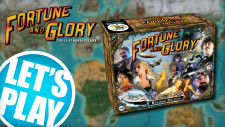

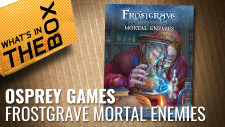
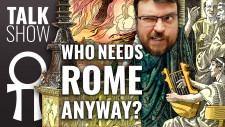
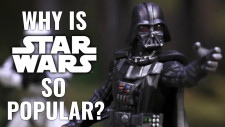
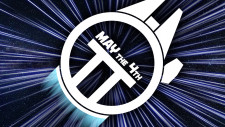
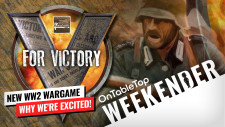
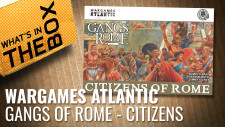
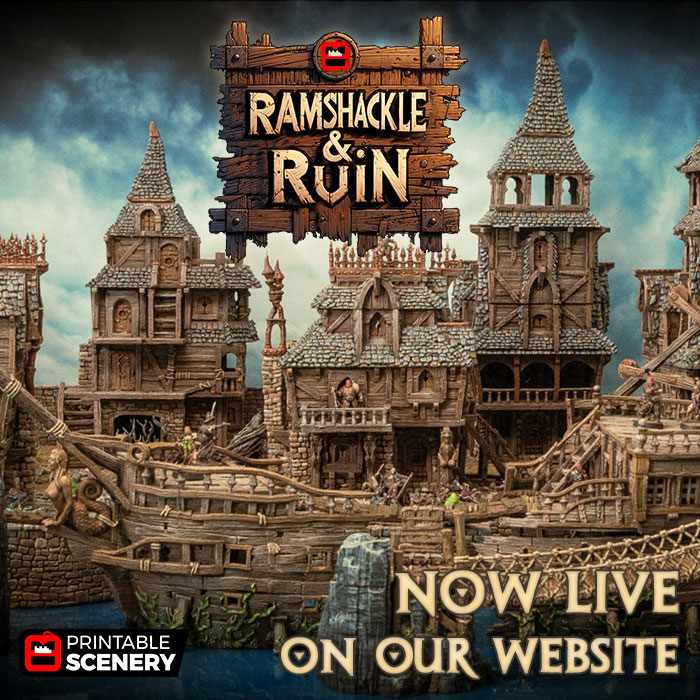




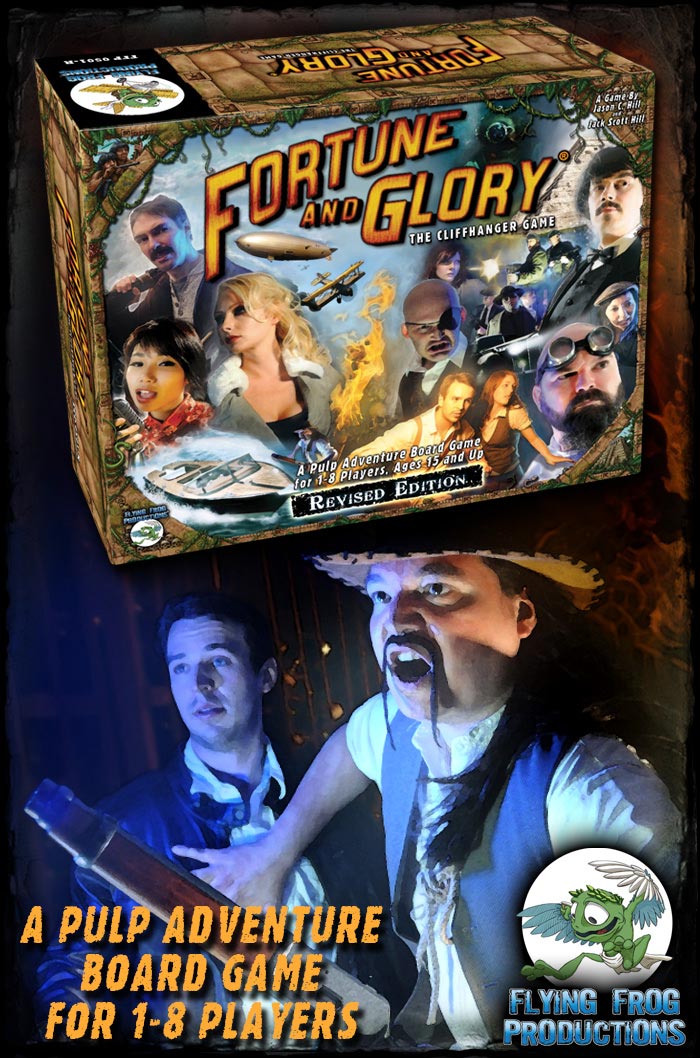
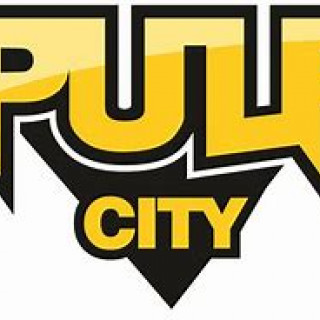
Leave a Reply